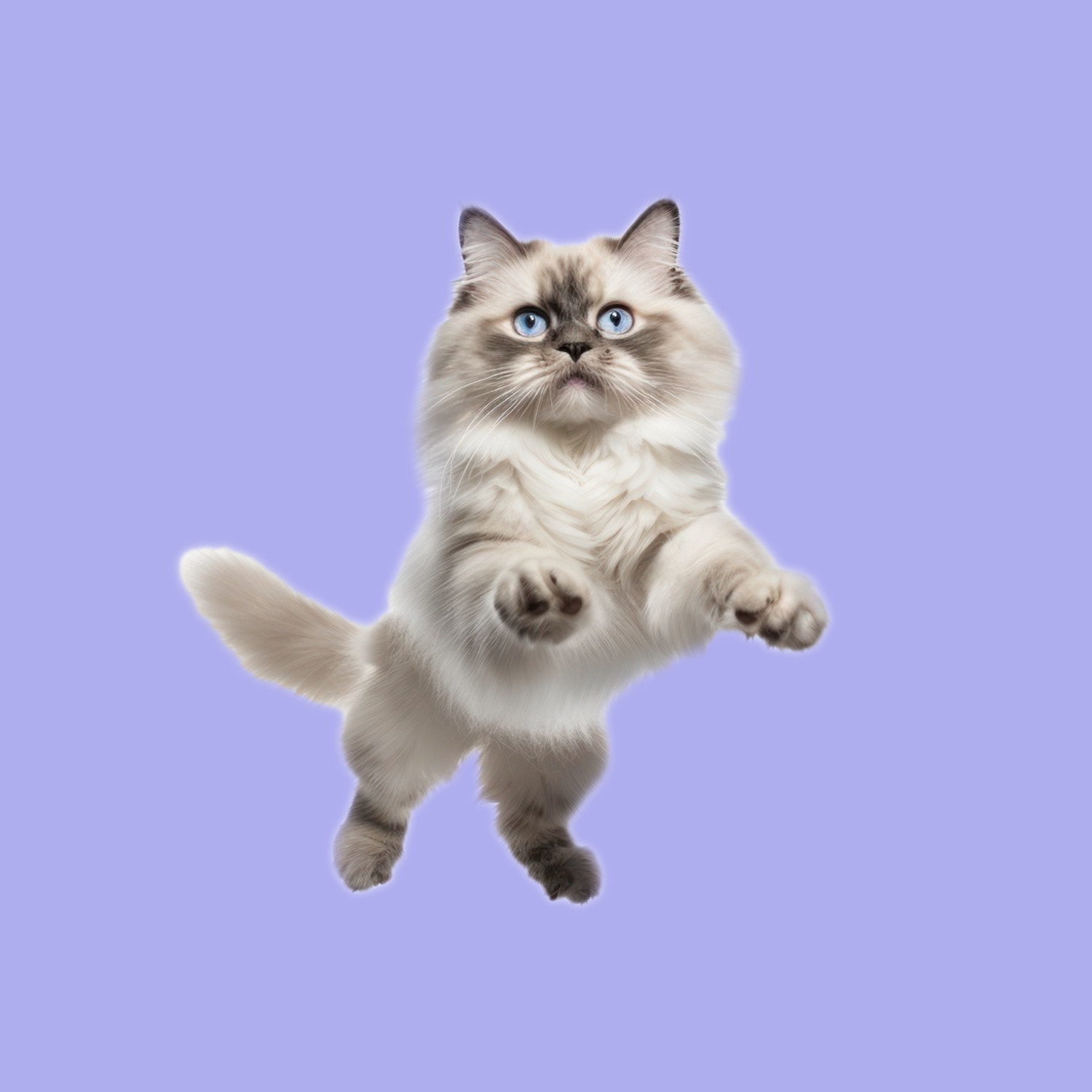Calm temperament and distinctive appearance make the Ragdoll a truly special companion. Known as the “gentle giant” of the feline world, Ragdolls are distinguished by their biggish size, striking blue eyes, and long fur. These beloved furry friends are particularly social. They form strong bonds with family members and get along well with other pets as well.
Their calm temperament and adaptable nature make them ideal for indoor spaces. Ragdolls are also intelligent and react instantly to the name chosen for them. This delightful combination of sociability, gentle nature, and intelligence makes Ragdolls a special addition to any family.
The Main Characteristics:
- Calm and loving nature
- Friendly temperament
- Sociable character
- Intelligence

